South African Commonwealth War Casualties Buried Across the World – Part Ninety-Three.
SOUTH AFRICAN COMMONWEALTH WAR CASUALTIES BURIED ACROSS THE WORLD – PART NINETY-THREE.
By Captain (SAN) Charles Ross (SA Navy Retired)
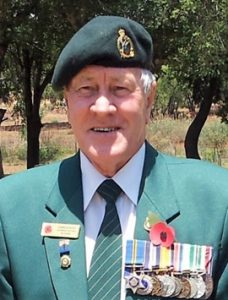
South Africans participated in almost every war theatre during the First and Second World Wars. According to the Commonwealth War Graves Commission Casualty Data Base 7 290 (includes 607 unknown) First World War casualties and 9 986 (includes 84 unknown) Second World War casualties are buried in 1 207 cemeteries. In contrast, 2 959 First World War and 2 005 Second World War casualties are commemorated on 48 memorials. This does not include the more than 2 700 South Africans not recently commemorated by the Commonwealth War Graves Commission. A new memorial, Cape Town Labour Corps has been constructed in the Gardens in Cape Town and was unveiled by HRH Princess Royal on 22 January 2025.
BRONFAY FARM MILITARY CEMETERY – FRANCE
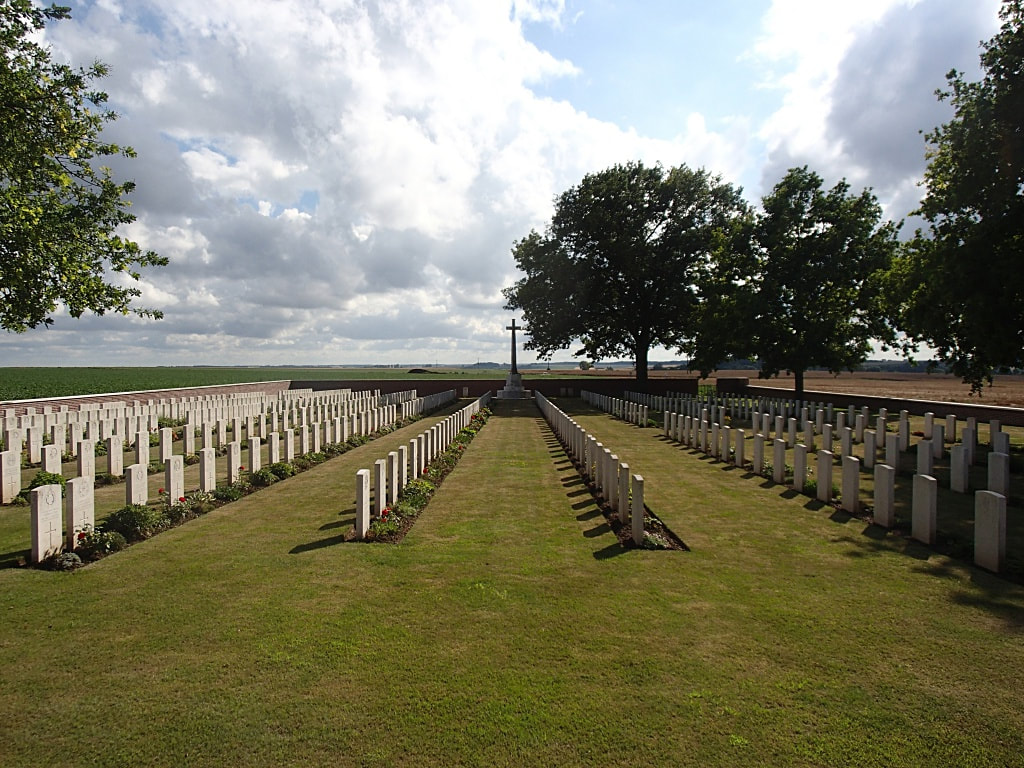
French troops began the cemetery in October 1914, but little used by them. It was used by Commonwealth troops from August 1915 to February 1917, particularly during the Battle of the Somme, when the XIV Corps Main Dressing station was at the farm. During the retreat and advance of 1918, further burials were made and after the Armistice, graves of March, August and September 1918, were brought in from the fields between Bronfay Farm and Bray.
Bronfay Farm Military Cemetery contains 537 burials and commemorations of the First World War. 13 of the burials are unidentified but there are special memorials to two casualties believed to be buried among them.
The cemetery was designed by Sir Edwin Lutyens.
- One South African casualty from World War One is buried in this cemetery.
JERUSALEM MEMORIAL – ISRAEL AND PALESTINE (INCLUDING GAZA)
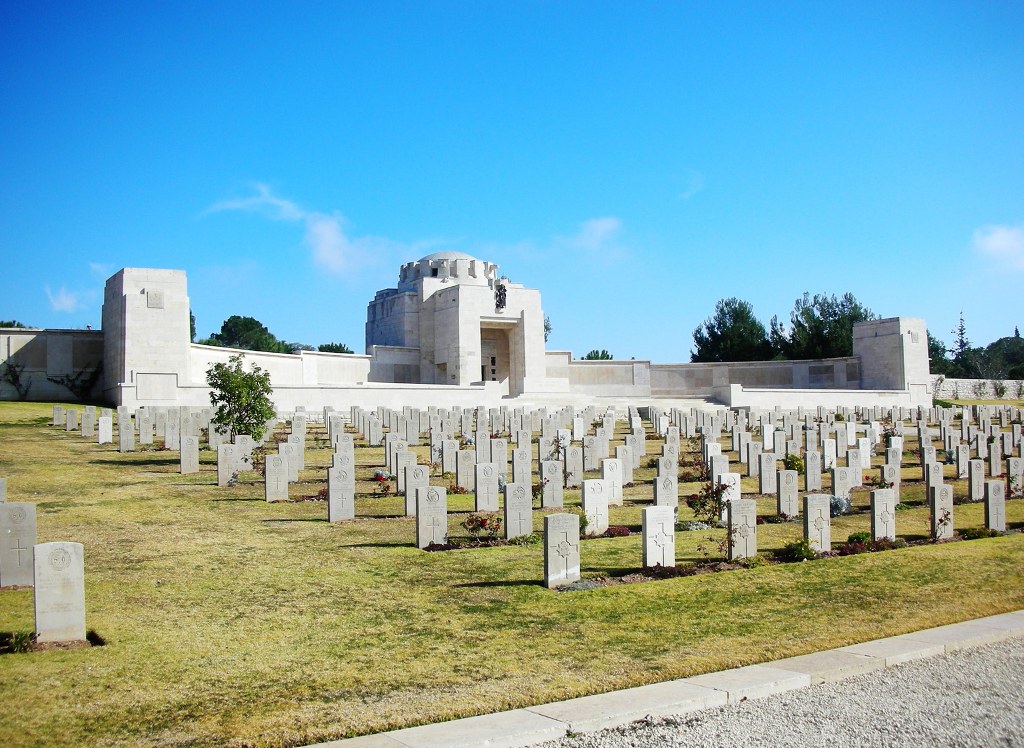
At the outbreak of the First World War, Palestine (now Israel) was part of the Turkish Empire and it was not entered by Allied forces until December 1916. The advance to Jerusalem took a further year, but from 1914 to December 1917, about 250 Commonwealth prisoners of war were buried in the German and Anglo-German cemeteries of the city.
By 21 November 1917, the Egyptian Expeditionary Force had gained a line about five kilometres west of Jerusalem, but the city was deliberately spared bombardment and direct attack. Very severe fighting followed, lasting until the evening of 8 December, when the 53rd (Welsh) Division on the south, and the 60th (London) and 74th (Yeomanry) Divisions on the west, had captured all the city’s prepared defences. Turkish forces left Jerusalem throughout that night and in the morning of 9 December, the Mayor came to the Allied lines with the Turkish Governor’s letter of surrender. Jerusalem was occupied that day and on 11 December, General Allenby formally entered the city, followed by representatives of France and Italy.
Meanwhile, the 60th Division pushed across the road to Nablus, and the 53rd across the eastern road. From 26 to 30 December, severe fighting took place to the north and east of the city but it remained in Allied hands.
JERUSALEM WAR CEMETERY was begun after the occupation of the city, with 270 burials. It was later enlarged to take graves from the battlefields and smaller cemeteries in the neighbourhood. There are now 2,514 Commonwealth burials of the First World War in the cemetery, 100 of them unidentified.
Within the cemetery stands the JERUSALEM MEMORIAL, commemorating 3,300 Commonwealth servicemen who died during the First World War in operations in Egypt or Palestine and who have no known grave.
The memorial was designed by Sir John Burnet, with sculpture by Gilbert Bayes. In addition, the mosaic in the Memorial Chapel was designed by Robert Anning Bell. The Memorial was unveiled by Lord Allenby and Sir James Parr on 7 May 1927.
- Three South African casualties from World War One are commemorated on this memorial.
GROESBEEK CANADIAN MEMORIAL – NETHERLANDS
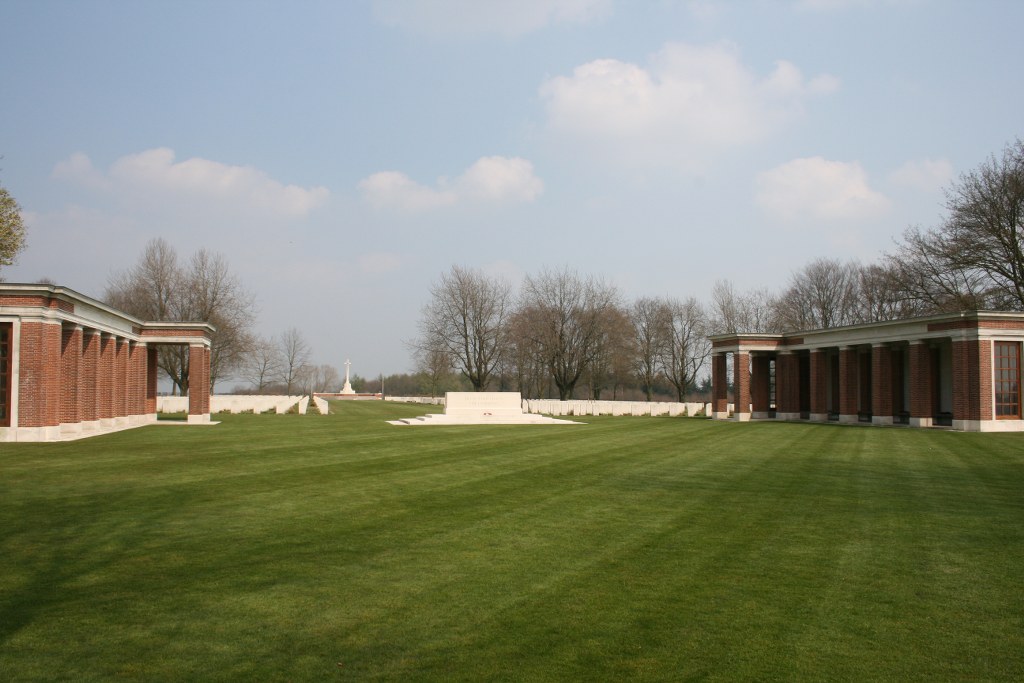
Allied forces entered the Netherlands on 12 September 1944. Airborne operations later that month established a bridgehead at Nijmegen and in the following months, coastal areas and ports were cleared and secured, but it was not until the German-initiated offensive in the Ardennes had been repulsed that the drive into Germany could begin.
Most of those buried in GROESBEEK CANADIAN WAR CEMETERY were Canadians, many of whom died in the Battle of the Rhineland, when the 2nd and 3rd Canadian Infantry Divisions and the 4th Canadian Armoured Division took part in the drive southwards from Nijmegen to clear the territory between the Maas and the Rhine in February and March 1945. Others buried here died earlier or later in the southern part of the Netherlands and in the Rhineland.
The cemetery contains 2,610 Commonwealth burials of the Second World War, and nine war graves of other nationalities.
Within the cemetery stands the GROESBEEK MEMORIAL, which commemorates by name more than 1,000 members of the Commonwealth land forces who died during the campaign in north-west Europe between the time of crossing the Seine at the end of August 1944 and the end of the war in Europe, and whose graves are not known.
The MEMORIAL and CEMETERY were designed by P.D. Hepworth.
- Two South African casualties from World War Two are commemorated on this memorial.
BROOKWOOD 1939 – 1945 MEMORIAL – UNITED KINGDOM
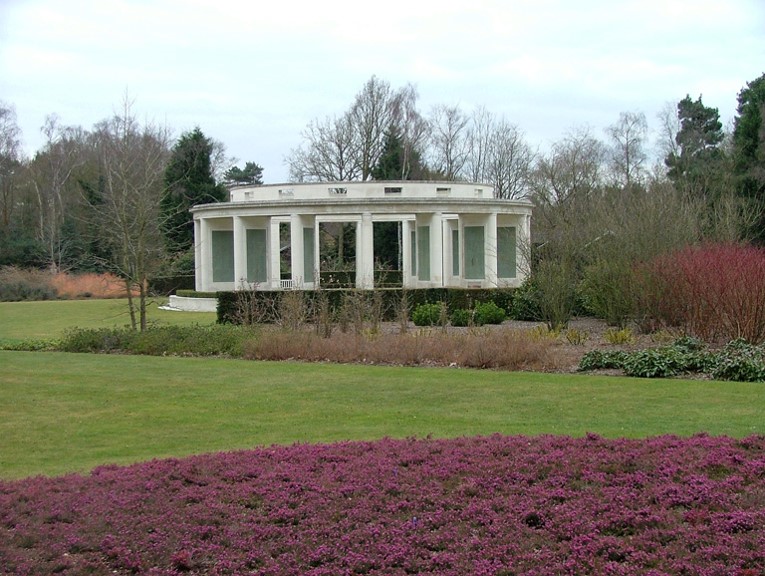
The BROOKWOOD 1939-1945 MEMORIAL commemorates nearly 3,500 men and women of the land forces of the Commonwealth who died during the Second World War and have no known grave, the circumstances of their death being such that they could not appropriately be commemorated on any of the campaign memorials in the various theatres of war. They died in the campaign in Norway in 1940, or in the various raids on enemy occupied territory in Europe such as Dieppe and St Nazaire. Others were special agents who died as prisoners or while working with Allied underground movements. Some died at sea, in hospital ships and troop transports, in waters not associated with the major campaigns, and a few were killed in flying accidents or in aerial combat. The Memorial was designed by Ralph Hobday and unveiled by Queen Elizabeth II on 25 October 1958.
The Memorial stands in BROOKWOOD MILITARY CEMETERY which is owned by the Commission and is the largest Commonwealth war cemetery in the United Kingdom, covering approximately 37 acres.
- Eight South African casualties from World War Two are commemorated on this memorial.
KHARTOUM MEMORIAL – SUDAN
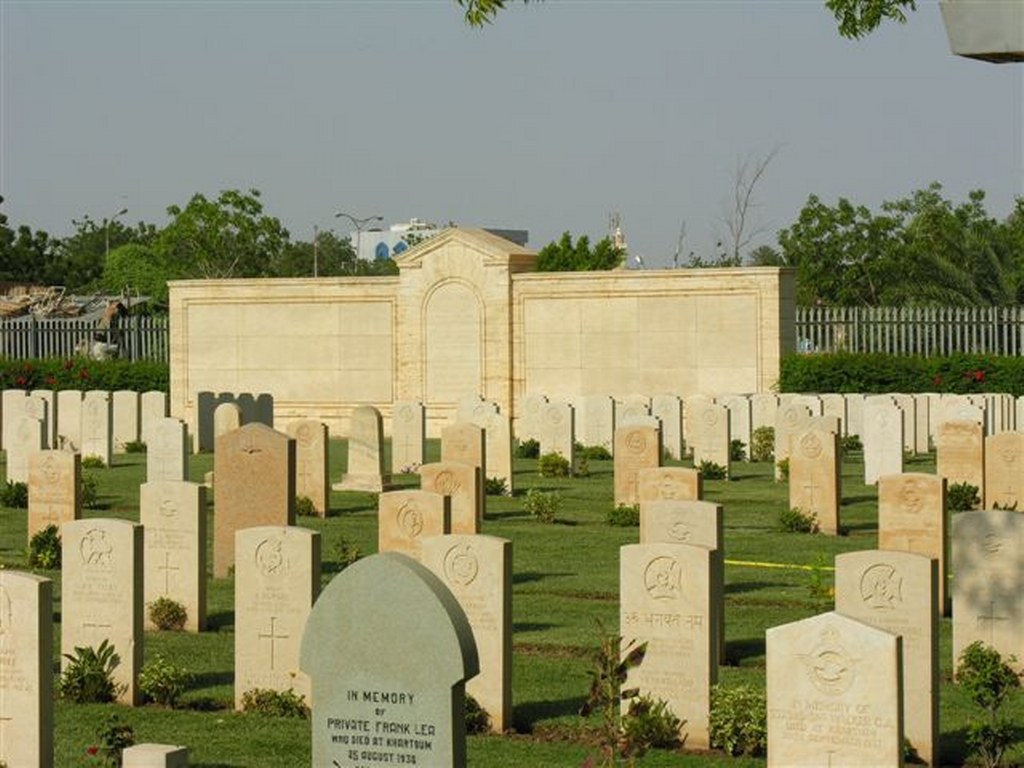
The Memorial commemorates 590 soldiers of the East African campaign of 1940-1941 who died in the Sudan, or in the advance into Eritrea and Northern Ethiopia, and who have no known grave.
Consisting of a wall of Travertine stone about 42 feet long and 10 feet high with a central pediment, the Memorial has 8 Botticino panels on which the names of the dead are inscribed and a further panel below the pediment with the following words in English and Arabic:
1939 – 1945 THE OFFICERS AND MEN WHOSE NAMES ARE HONOURED HERE GAVE THEIR LIVES FOR THEIR COUNTRY WHILE SERVING IN ERITREA, NORTHERN ETHIOPIA, AND THE SUDAN AND HAVE NO KNOWN GRAVE
- Three South African casualties from World War Two are commemorated on this memorial.
